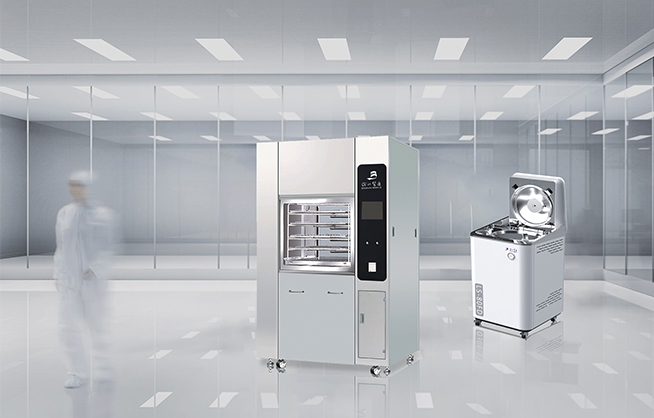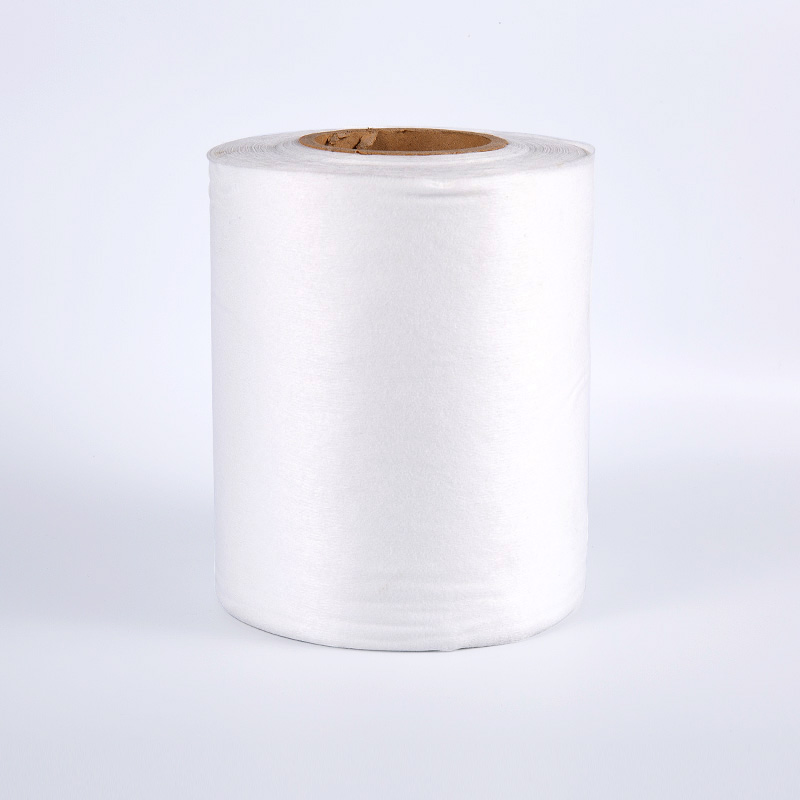What is the production process of household cleaning non-woven fabrics?
The production process of household cleaning non-woven fabrics usually involves multiple delicate steps. Combined with the professional background of Jieli Textile Co., Ltd., the following is a detailed description of the production process of household cleaning non-woven fabrics:
1. Raw material preparation and processing
Raw material selection: The main raw materials of household cleaning non-woven fabrics include polyester fiber, polyester fiber (PET), etc. These materials are widely used due to their good physical properties and chemical stability.
Raw material processing: During the raw material processing stage, Jieli Textile Co., Ltd. will strictly select, cut, open and mix the raw materials to ensure that fibers of different types, different fiber lengths and different strengths can be evenly mixed, laying a good foundation for the subsequent production process.
2. Fiber mixing and combing
Fiber mixing: Mix the processed raw material fibers in a certain proportion to obtain the required fiber combination.
Combing: The mixed fibers are combed by a combing machine to form a parallel fiber web to prepare for the subsequent needle punching or spunlace process.
3. Web Forming and Reinforcement
Web Forming: For Jieli Textile Co., Ltd., the spunlace nonwoven production line it uses will pass the combed fiber web through the high-pressure water flow to make the fibers interweave and form a preliminary fiber web structure.
Reinforcement: The fiber web is reinforced through processes such as needle punching or spunlace to form a nonwoven fabric with certain strength and stability. For the spunlace process, the high-pressure water flow not only plays the role of interweaving fibers, but also forms more hydrogen bonds between fibers, thereby improving the strength and durability of the nonwoven fabric.
4. Processing and Finishing
Cutting and Compression: During the processing and finishing stage, the nonwoven fabric will be cut, compressed and other processes to remove excess edge materials and impurities, while making the nonwoven fabric smoother and tighter.
Surface treatment: According to needs, the nonwoven fabric can also be surface treated, such as coating, printing, embossing, etc., to improve its aesthetics and practicality.
5. Quality Inspection and Packaging
Quality Inspection: At the final stage of the production process, non-woven fabrics will be subject to strict quality inspection, including tests on appearance, strength, air permeability, water absorption, etc., to ensure that the products meet relevant standards and customer requirements.
Packaging: Non-woven fabrics that have passed the inspection will be sent to the packaging workshop for packaging for storage and transportation.


 English
English 中文简体
中文简体





